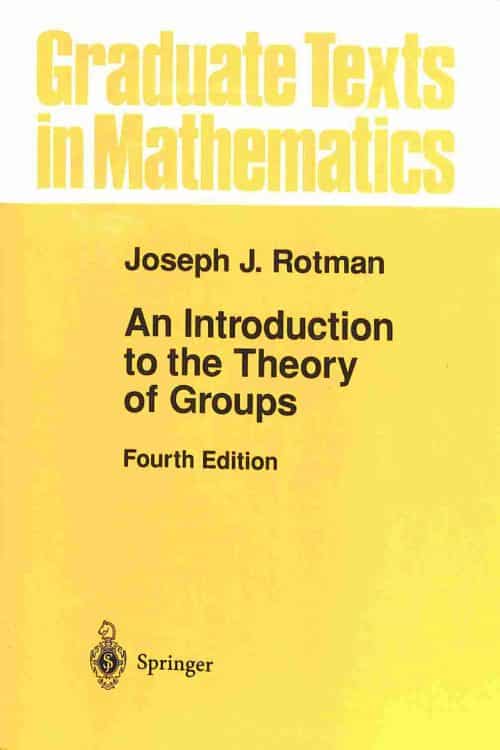“Today, complex numbers are used in so many practical applications, from electrical engineering to aeronautics, that few people would anticipate their derivation to be a thrilling mystery. Paul Nahin recounts the 2000-year history of the square root of minus one, often known as one of mathematics’ most evasive numbers, in An Imaginary Tale. He recreates the puzzling math problems that gave rise to them and the interesting personalities who attempted to solve them.
The earliest recorded instance of the square root of a negative number was discovered in 1878 when two brothers stole a mathematical papyrus from an ancient Egyptian burial site in the Valley of Kings. The papyrus demonstrated how to compute the volume of a truncated square pyramid using precise numbers, which suggested the requirement for i. The mathematician-engineer Heron of Alexandria encountered I in a separate endeavor in the first century, but he cheated on the math; medieval mathematicians ran across the idea when trying to understand the meaning of negative numbers, but they discounted its square roots as an absurdity. By the time of Descartes, it was assumed that these mysterious square roots, now known as “imaginary numbers,” had a theoretical use, but attempts to solve them resulted in heated arguments. In the age of Napoleon, the infamous I was eventually accepted and used in complicated analysis and theoretical physics.
In order to appeal to readers with both general and academic mathematical interests, Nahin interweaves entertaining historical details and mathematical discussions throughout the story. These discussions include the use of complex numbers and functions to solve significant mathematical problems like Kepler’s laws of planetary motion and ac electrical circuits. One way to think of this book is as an interesting biography or history of one of the most elusive and omnipresent “numbers” in all of mathematics.”
















